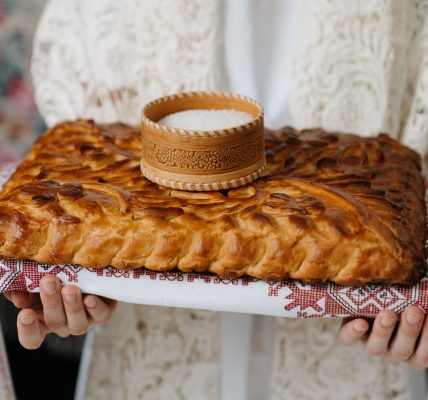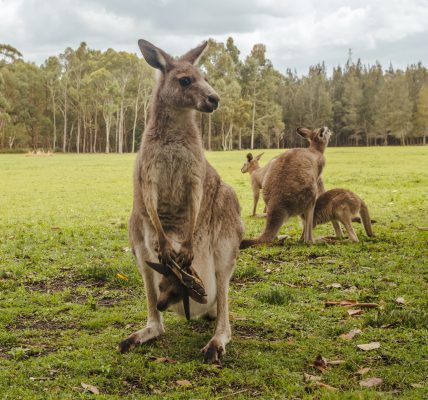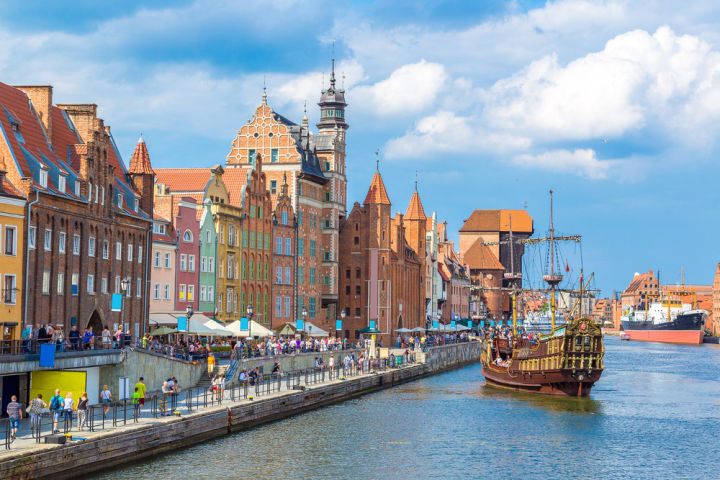Understanding and respecting different cultures is of utmost importance in today’s globalized world. As societies become more interconnected, it is crucial to recognize and appreciate the diversity that exists among people from different backgrounds. By understanding and respecting different cultures, we can foster mutual understanding, promote inclusivity, and build stronger relationships across borders.
Exploring Cultural Traditions Across Continents
Cultural traditions vary greatly across continents, showcasing the rich tapestry of human history and heritage. For example, in Asia, the Lunar New Year is celebrated with vibrant parades, dragon dances, and the exchange of red envelopes filled with money. In Africa, traditional ceremonies such as the Maasai jumping dance in Kenya or the Zulu Reed Dance in South Africa are important cultural events that celebrate community and coming of age. In Europe, the Oktoberfest in Germany is a world-renowned festival that showcases German culture through music, food, and traditional attire.
Learning about different cultural traditions is important because it allows us to broaden our perspectives and challenge our own assumptions. It helps us recognize that there are multiple ways of living and experiencing the world. By understanding and appreciating different cultural traditions, we can break down stereotypes and foster a more inclusive society.
The Role of Language in Shaping Cultural Identity and Expression
Language plays a crucial role in shaping cultural identity and expression. It is through language that cultural values, beliefs, and traditions are passed down from one generation to another. For example, the use of honorifics in Japanese language reflects the importance placed on respect and hierarchy in Japanese culture. Similarly, the use of specific greetings or gestures in different cultures can convey respect or politeness.
Language also shapes cultural practices. For instance, certain languages have specific words or phrases that are used to describe cultural practices or concepts that may not exist in other languages. This highlights the unique aspects of each culture and how language influences the way people think and interact with the world around them.
The Significance of Food and Cuisine in Cultural Celebrations and Customs
Food is an integral part of cultural celebrations and customs. It not only nourishes the body but also serves as a means of expressing cultural identity and heritage. Traditional dishes often have deep historical and cultural significance, representing the flavors, ingredients, and cooking techniques that have been passed down through generations.
For example, in India, Diwali, the festival of lights, is celebrated with a variety of sweets and snacks such as ladoos and samosas. In Mexico, the Day of the Dead is commemorated with offerings of traditional foods like pan de muerto (bread of the dead) and sugar skulls. These dishes are not only delicious but also carry symbolic meanings that are deeply rooted in the culture.
Food also brings people together, fostering a sense of community and belonging. Sharing a meal with others is a universal way of connecting and building relationships. By appreciating and learning about different cuisines, we can gain a deeper understanding of different cultures and their unique traditions.
Music, Dance, and Art as Expressions of Cultural Heritage and Creativity
Music, dance, and art are powerful expressions of cultural heritage and creativity. They reflect the history, beliefs, values, and emotions of a particular culture. Traditional music, dance, and art forms are often passed down through generations, preserving the cultural identity of a community.
For example, flamenco music and dance originated in Andalusia, Spain, and are deeply rooted in Spanish culture. The rhythmic guitar melodies, passionate singing, and intricate footwork tell stories of love, loss, and resilience. Similarly, traditional African drumming and dancing are vibrant expressions of African culture that celebrate community, spirituality, and ancestral connections.
By appreciating different forms of music, dance, and art from various cultures, we can gain insight into the diverse ways in which people express themselves and interpret the world around them. It allows us to celebrate cultural heritage and creativity, fostering a sense of unity and appreciation for the beauty of human expression.
The Influence of Religion and Spirituality on Cultural Beliefs and Practices

Religion and spirituality play a significant role in shaping cultural beliefs and practices. They provide a framework for understanding the world, guiding moral values, and influencing social norms. Different religions have their own rituals, ceremonies, and customs that are deeply intertwined with cultural traditions.
For example, in Hinduism, the festival of Holi is celebrated with vibrant colors to signify the victory of good over evil. In Buddhism, meditation and mindfulness practices are central to spiritual growth and enlightenment. These religious practices not only shape individual beliefs but also influence the way communities come together to celebrate and commemorate important events.
Religion and spirituality also provide a sense of identity and belonging. They offer individuals a connection to something greater than themselves, fostering a sense of purpose and meaning in life. By understanding the role of religion and spirituality in different cultures, we can develop a deeper appreciation for the diversity of human beliefs and practices.
Gender Roles and Relationships in Different Cultures
Gender roles and relationships vary across cultures, reflecting the social norms, expectations, and values of a particular society. In some cultures, gender roles may be more traditional, with distinct expectations for men and women. In other cultures, gender roles may be more fluid or non-binary.
For example, in many Western cultures, there has been a shift towards gender equality, with women taking on roles traditionally associated with men. However, in some Middle Eastern cultures, traditional gender roles are still prevalent, with women expected to fulfill domestic duties while men are seen as providers.
Understanding different gender roles and relationships is important because it challenges our own biases and assumptions about gender. It allows us to recognize that there are multiple ways of expressing gender identity and experiencing relationships. By promoting gender equality and inclusivity, we can create a more just and equitable society.
The Impact of Globalization on Traditional Cultural Practices and Values
Globalization has had a profound impact on traditional cultural practices and values. As societies become more interconnected, traditional practices may be influenced by external factors, leading to changes in cultural identity and expression.
For example, the spread of Western media and consumerism has led to the adoption of Western fashion, music, and lifestyle choices in many parts of the world. This can sometimes result in the erosion of traditional cultural practices and values as younger generations embrace global trends.
However, globalization also provides opportunities for cultural exchange and appreciation. It allows for the sharing of ideas, traditions, and experiences across borders. By embracing diversity and promoting cultural preservation, we can ensure that traditional practices and values are not lost in the face of globalization.
Celebrating Festivals and Holidays from Around the World
Celebrating festivals and holidays from different cultures is a way to honor and appreciate the diversity that exists in our world. It allows us to learn about different traditions, customs, and beliefs while fostering a sense of unity and inclusivity.
For example, in the United States, many people celebrate Cinco de Mayo to honor Mexican culture and heritage. In India, people from different religions come together to celebrate Diwali, the festival of lights. These celebrations provide an opportunity for people to come together, learn from one another, and build stronger relationships.
By celebrating festivals and holidays from different cultures, we can promote cultural understanding and respect. It allows us to recognize that there are multiple ways of celebrating and expressing joy. It also provides an opportunity for individuals to connect with their own cultural heritage and share it with others.
The Importance of Cultural Preservation and the Challenges of Cultural Appropriation
Preserving cultural traditions is crucial for maintaining cultural diversity and ensuring the survival of unique practices and values. Cultural preservation involves safeguarding traditional knowledge, practices, and artifacts for future generations.
However, cultural preservation also comes with challenges, particularly in the face of cultural appropriation. Cultural appropriation refers to the adoption or use of elements from one culture by members of another culture, often without understanding or respecting the cultural significance behind those elements.
To avoid cultural appropriation, it is important to approach other cultures with humility, curiosity, and respect. It is crucial to learn about the cultural context and history behind certain practices or symbols before incorporating them into our own lives. By promoting cultural exchange rather than cultural appropriation, we can celebrate diversity and foster a more inclusive society.
Understanding and respecting different cultures is essential in today’s interconnected world. By learning about different cultural traditions, language, food, music, dance, art, religion, gender roles, festivals, and holidays, we can foster mutual understanding and appreciation for the diversity that exists among people from different backgrounds.
It is important to recognize that each culture has its own unique practices, values, and beliefs that contribute to the richness of our global community. By celebrating diversity and promoting cultural preservation, we can build stronger relationships, break down stereotypes, and create a more inclusive society.
As individuals, we can take action by learning more about different cultures, engaging in cultural exchange, and challenging our own biases and assumptions. By embracing diversity and celebrating the beauty of human expression, we can create a world that values and respects all cultures.




